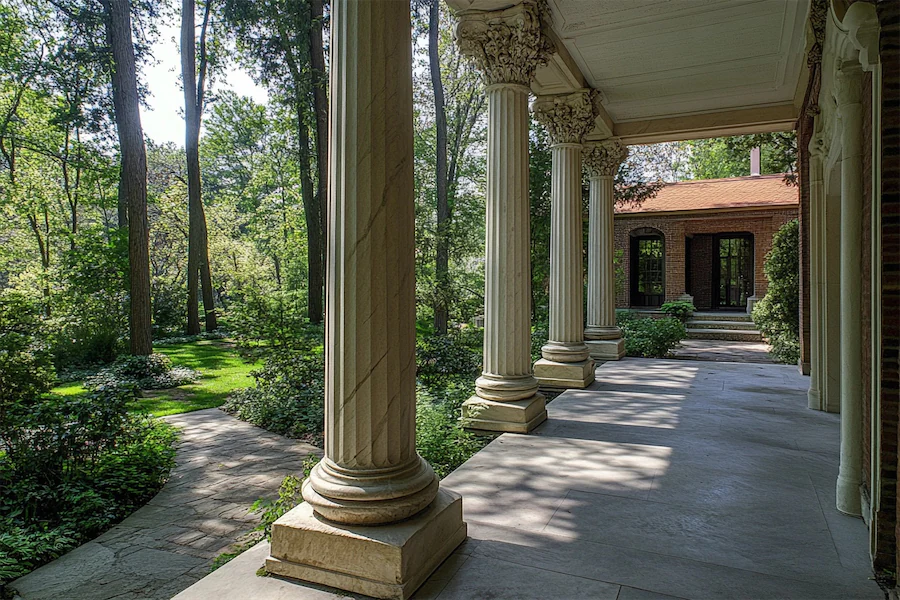Beaux-Arts architecture, which flourished from the late 19th to early 20th centuries, is renowned for its grandeur and elaborate ornamentation. A hallmark of this style is the prominent use of classical columns, which contribute to the imposing and decorative nature of Beaux-Arts buildings.
Introduction to Beaux-Arts Columns
In Beaux-Arts architecture, columns are not merely structural elements but also key decorative features that convey a sense of order and magnificence. Drawing inspiration from ancient Greek and Roman architecture, these columns are often employed to create symmetrical facades and grand entrances, enhancing the monumental appearance of the structures.
History and Origins of Beaux-Arts Columns
The Beaux-Arts style originated from the École des Beaux-Arts in Paris, an influential art and architecture school. Architects trained in this tradition emphasized classical principles, incorporating columns as central elements in their designs. This approach spread internationally, notably influencing the architecture of public and institutional buildings in the United States during the American Renaissance movement.
Key Features of Beaux-Arts Columns
Beaux-Arts columns exhibit several distinctive characteristics:
- Classical Orders: Columns are designed following the classical orders—Doric, Ionic, and Corinthian—each with specific proportions and decorative details. The choice of order contributes to the building’s intended expression of strength, elegance, or ornateness.
- Symmetry and Proportion: The columns are arranged symmetrically, often spanning multiple stories in a colossal order, to create a balanced and harmonious facade. This grand scale emphasizes the building’s monumental nature.
- Ornamentation: Elaborate decorative elements, such as sculpted capitals, fluted shafts, and intricate bases, adorn the columns. These embellishments often include motifs like acanthus leaves, garlands, and cartouches, reflecting the opulence of the Beaux-Arts style.
Applications of Beaux-Arts Columns
In Beaux-Arts architecture, columns serve both functional and aesthetic purposes:
- Facades: Columns are prominently featured on building exteriors, framing entrances and supporting porticos, thereby enhancing the structure’s grandeur and presence.
- Interiors: Within grand halls and lobbies, columns delineate spaces and support expansive ceilings, contributing to the opulent interior atmosphere characteristic of Beaux-Arts design.
Considerations When Choosing Beaux-Arts Columns
When designing or restoring Beaux-Arts structures, several factors should be considered:
- Material Selection: Traditionally, materials like stone and marble were used for their durability and association with classical architecture. In contemporary applications, materials such as cast stone or reinforced concrete may be employed to replicate the appearance while addressing modern construction requirements.
- Craftsmanship: The intricate detailing of Beaux-Arts columns necessitates skilled artisans to achieve the desired level of ornamentation and authenticity. Attention to detail in the carving and finishing processes is crucial to maintain the style’s integrity.
- Structural Integration: While serving decorative functions, columns must also meet structural demands. Ensuring that the columns are properly engineered to support loads and integrate with the building’s framework is essential for safety and longevity.
Conclusion
Beaux-Arts columns are emblematic of a design philosophy that celebrates classical beauty and grandeur. Their thoughtful incorporation into architectural works continues to evoke a sense of timeless elegance and serves as a testament to the enduring influence of classical design principles in modern architecture.
